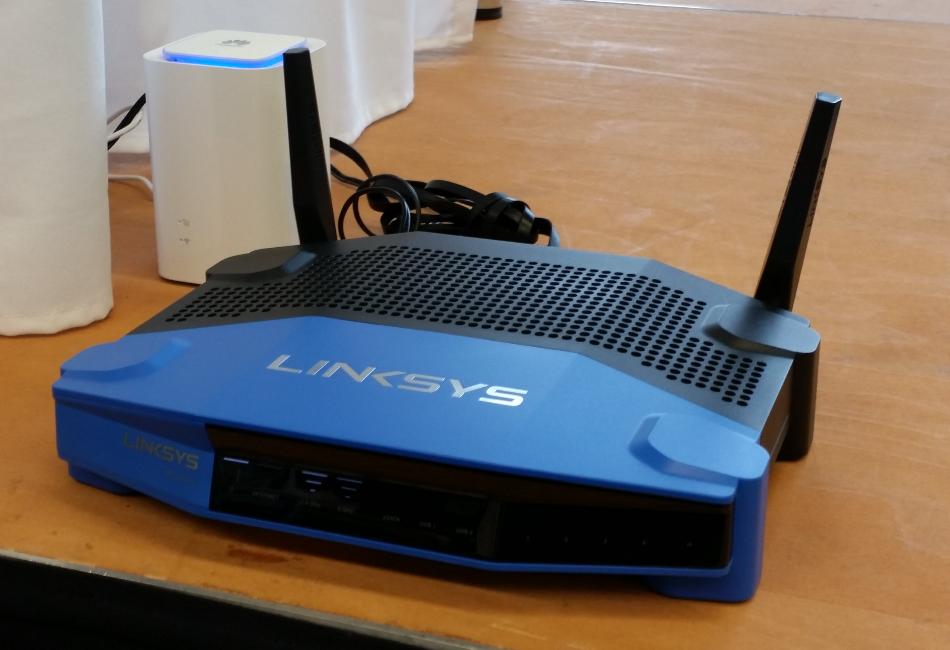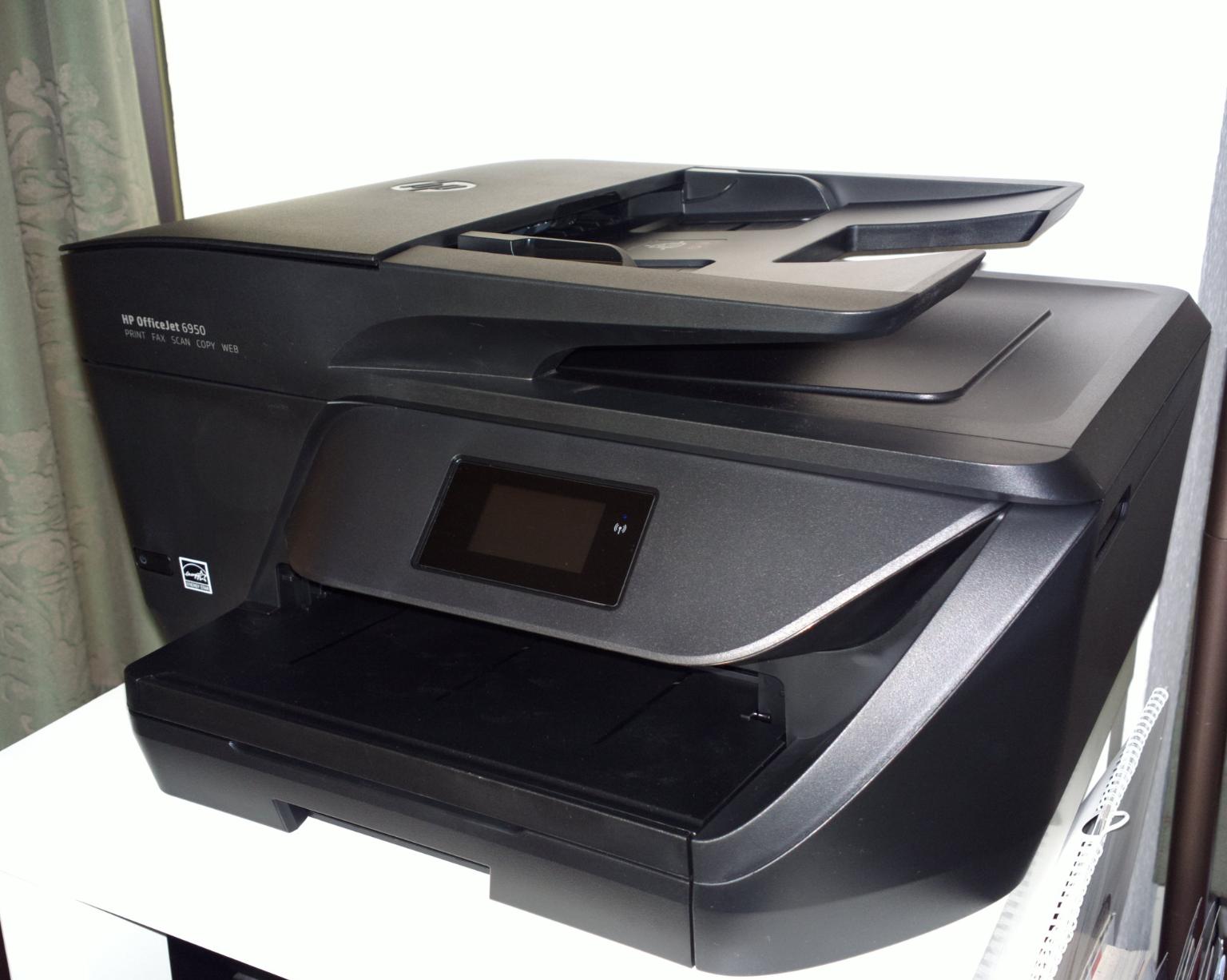 From 2011 to 2013 I provided Wifi Internet connectivity with backhaul over LTE or 3G at quite a number of meetings for 50 to 100 people in hotels (see my reports from back then here and here). In those days the hotel Wifi networks could often not handle the load and the number of Wifi devices and at some point would simply crash or run out of DHCP leases. At some point things improved somewhat so I no longer had to do this. Recently, however, I hosted a meeting myself at a location where I was not quite certain that the in-house network would meet my expectations so I decided to provide Internet connectivity myself again. Things went very well and it was quite interesting to see the differences to 5 years ago.
From 2011 to 2013 I provided Wifi Internet connectivity with backhaul over LTE or 3G at quite a number of meetings for 50 to 100 people in hotels (see my reports from back then here and here). In those days the hotel Wifi networks could often not handle the load and the number of Wifi devices and at some point would simply crash or run out of DHCP leases. At some point things improved somewhat so I no longer had to do this. Recently, however, I hosted a meeting myself at a location where I was not quite certain that the in-house network would meet my expectations so I decided to provide Internet connectivity myself again. Things went very well and it was quite interesting to see the differences to 5 years ago.
Continue reading Providing Internet Connectivity To A Meeting Over LTE Backhaul

